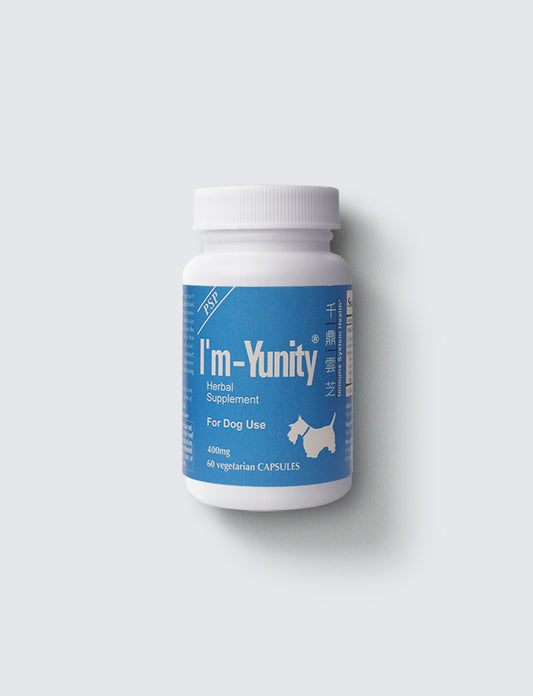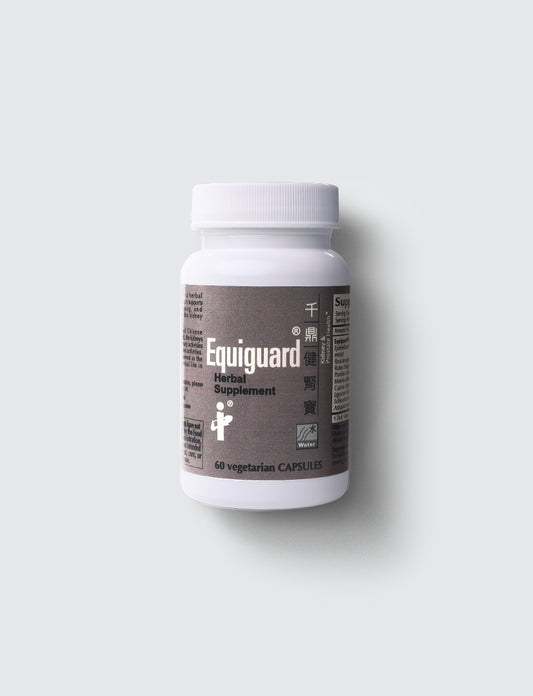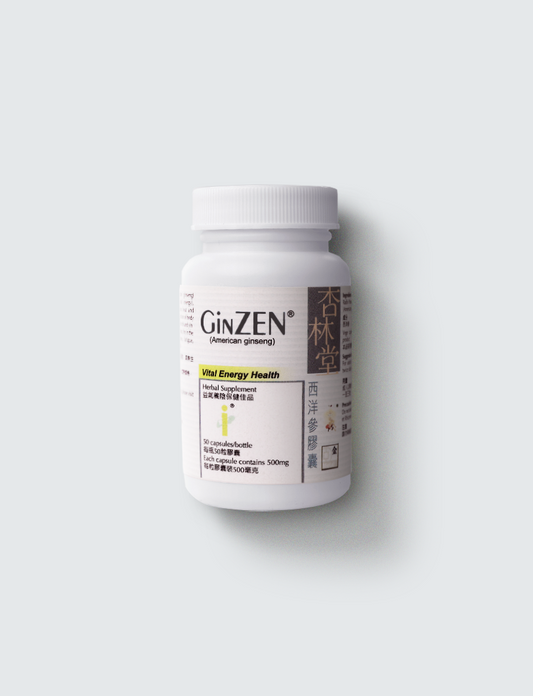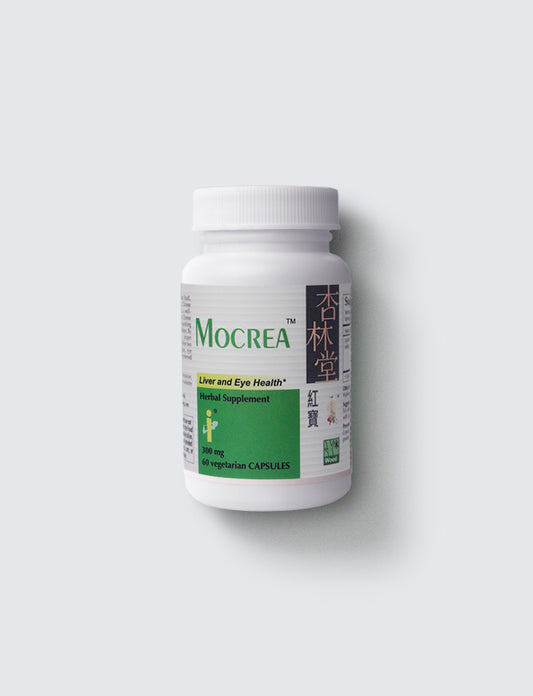What is Chikungunya Fever?
Share

Chikungunya fever (CHIK) is an acute febrile illness caused by the Chikungunya virus (CHIKV), primarily transmitted through infected mosquito bites. The name comes from the African Makonde language, meaning "to become contorted," describing how patients bend over due to severe joint pain. The disease typically causes sudden high fever and joint pain, with some patients experiencing long-term joint pain or fatigue. While most cases are mild, severe joint pain can significantly impact quality of life.
Transmission of Chikungunya Fever (Can it spread between humans?)
-
Generally not directly transmitted between humans
-
The virus can spread rapidly through mosquito vectors
-
Asymptomatic infection rate estimated at 17-40%, meaning some carriers show no symptoms but can be sources of transmission
-
In rare cases, pregnant women can transmit the virus to newborns around delivery time
-
No evidence of transmission through casual contact, coughing, or food/water
-
No evidence of transmission through breast milk, blood transfusion, or organ transplants
Transmission Routes and Main Vectors of Chikungunya Fever
-
Mainly transmitted by Aedes albopictus and Aedes aegypti
-
These mosquitoes are common in subtropical/tropical regions and are active during daylight hours, especially dawn and dusk
-
Infected people have high virus levels in their blood during early illness, which can infect mosquitoes that bite them
Incubation Period of Chikungunya Fever
-
Usually 3-7 days, ranging from 2-12 days
-
Patients are asymptomatic during incubation, but the virus is replicating
-
Highest transmission risk is from late incubation to early symptoms
Symptoms and Clinical Presentation of Chikungunya Fever

Typically sudden onset, often appearing days after travel. Common symptoms include:
-
Sudden high fever (typically >38.5°C/101.3°F)
-
Severe joint pain (commonly in wrists, fingers, ankles, knees)
-
Muscle pain, headache, extreme fatigue
-
Rash (appearing 2-5 days after onset)
-
Red eyes, nausea, vomiting, or mild diarrhea
Most patients' fever subsides within a week, but joint pain, stiffness, or fatigue may last weeks to months. Some experience recurring symptoms similar to arthritis.
Severe Cases and Complications
Overall mortality is low (about 0.1%), but complications can include:
-
Neurological: encephalitis, seizures, Guillain-Barré syndrome (rare)
-
Cardiovascular: myocarditis, pericarditis
-
Liver and kidney dysfunction, severe dehydration
-
Severe cases in newborns from mother-to-child transmission
Chikungunya Fever’s High-Risk Groups

-
Elderly (especially ≥65 years)
-
Pregnant women (particularly near delivery)
-
Infants and newborns
-
Immunocompromised individuals
-
Those with underlying conditions: diabetes, cardiovascular disease, hypertension, chronic kidney/lung disease
-
People with previous joint conditions
When to Seek Medical Care
-
Persistent high fever, severe joint pain affecting daily activities
-
Breathing difficulties, persistent vomiting, seizures, confusion, severe dehydration
-
Symptoms in infants, pregnant women, elderly, or chronically ill
-
Fever within 2 weeks after travel to affected regions
-
Diagnosis through RT-PCR or antibody testing (IgM/IgG)
Treatment of Chikungunya Fever
No specific antiviral treatment exists. Supportive care includes:
-
Rest and hydration
-
Fever/pain relief: acetaminophen (paracetamol) preferred
-
Avoid aspirin/NSAIDs until dengue is ruled out
-
For persistent joint pain, doctor-supervised anti-inflammatory treatment
-
Hospitalization for severe cases
Chikungunya vaccines, such as Ixchiq, have been approved in some countries and regions. The US Food and Drug Administration (FDA) suspended Ixchiq's license in August 2025 due to a serious adverse event (SAE). Because the vaccine is still relatively new, availability and suitability vary by region. Consult your healthcare provider or health authorities for the latest guidance.
Prevention of Chikungunya Fever
-
Use mosquito repellents containing DEET, Picaridin, citronella, or lemon eucalyptus oil
-
Wear light-colored, long-sleeved clothing
-
Use screens, nets, air conditioning; eliminate standing water
-
Check disease risks before travel
-
If infected, avoid mosquito bites to prevent transmission
Common Myths
-
"Mosquitoes only bite at night": False. Aedes mosquitoes are active during day
-
"One infection gives complete immunity": True for same genotype, but cross-protection between different strains uncertain
-
"It's just like a cold": While most recover, joint pain can persist, and high-risk individuals may develop severe illness
For Hong Kong Residents
-
Hong Kong's subtropical climate supports Aedes albopictus populations
-
Most cases are imported, but local transmission is possible
-
Eliminating standing water and personal protection are key preventive measures
Reference
-
World Health Organization (WHO): Chikungunya
https://www.who.int/news-room/fact-sheets/detail/chikungunya -
U.S. Centres for Disease Control and Prevention (CDC): Chikungunya Virus
https://www.cdc.gov/chikungunya/ -
European Centre for Disease Prevention and Control (ECDC): Factsheet about chikungunya
https://www.ecdc.europa.eu/en/chikungunya -
Centre of Health Protection H.K. (CHP): Chikungunya Fever
https://www.chp.gov.hk/en/healthtopics/content/24/6122.html -
Pan American Health Organization (PAHO): Chikungunya
https://www.paho.org/en/topics/chikungunya



